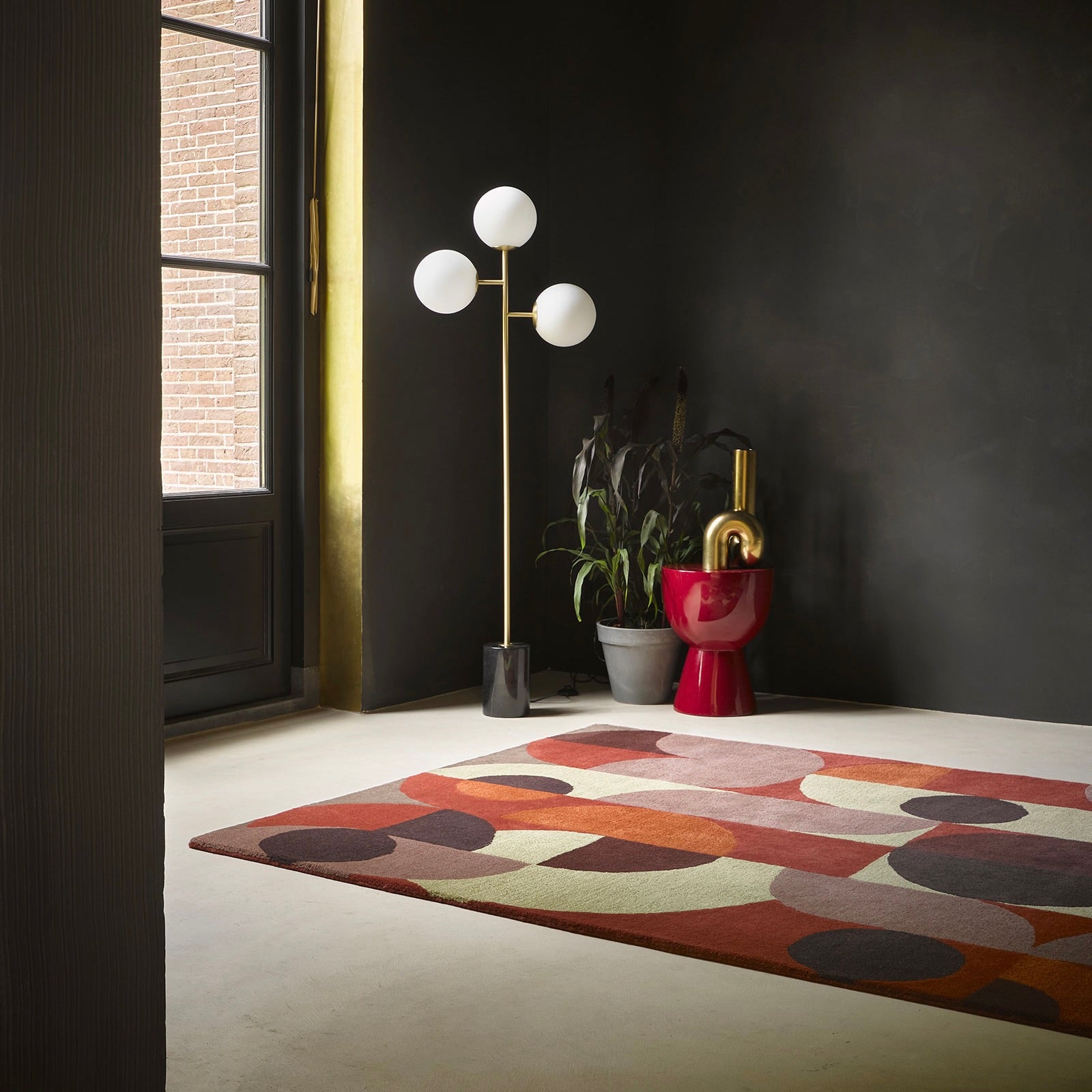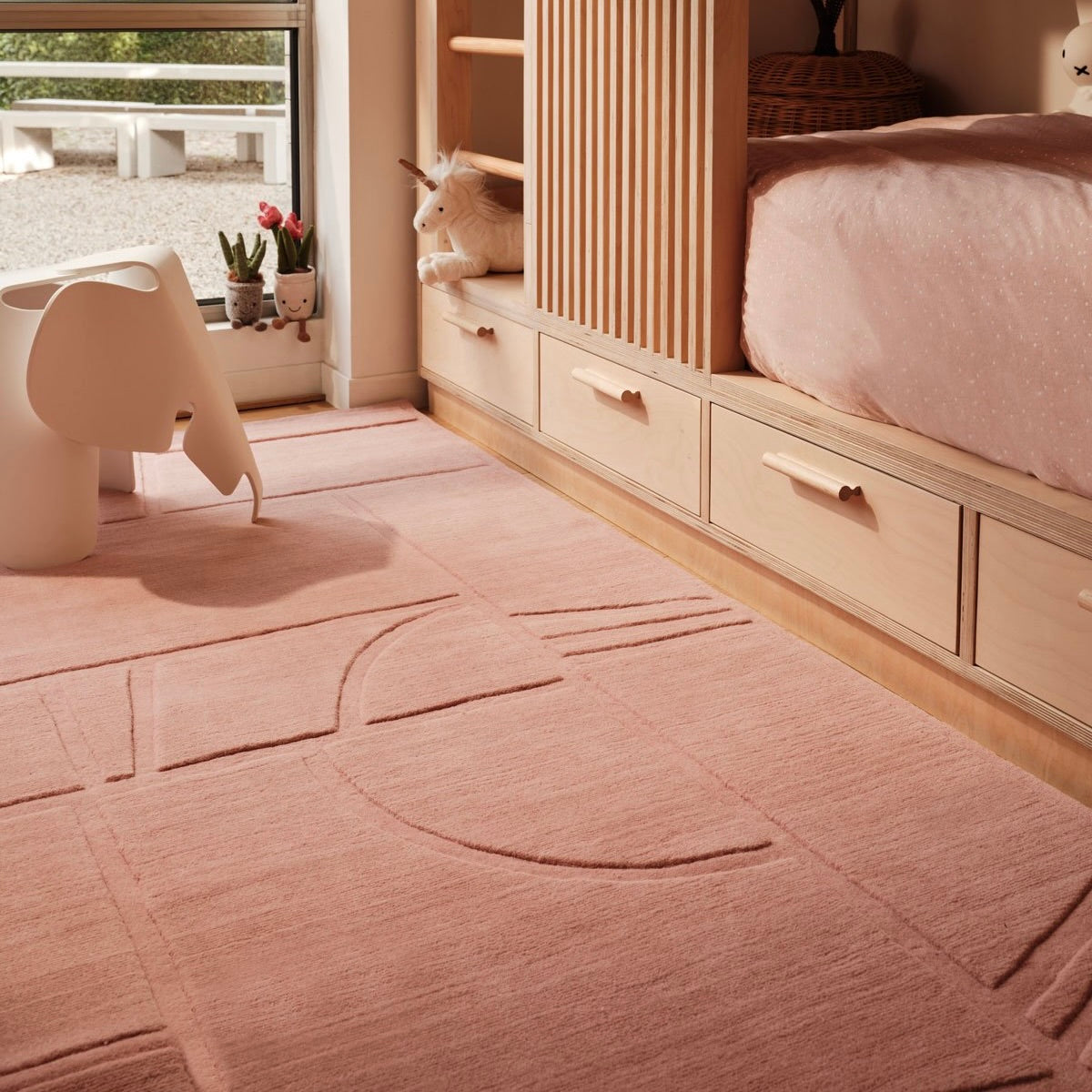
What Is Hand-Knotted Rugs
What Is Hand-Knotted Rugs? A Complete Guide to Timeless Craftsmanship
Hand-knotted rugs are more than just beautiful floor coverings they are a form of art, steeped in tradition, history, and craftsmanship. If you are in the market for a high-quality rug that is built to last and tells a story, a hand-knotted rug might be the perfect fit. But what exactly is a hand-knotted rug? Let us break it down.
What Is a Hand-Knotted Rug?
A hand-knotted rug is made entirely by hand using a traditional weaving technique where artisans tie individual knots to a foundation of warp threads stretched over a loom. Each knot is tied, cut, and packed down row by row, creating intricate patterns and textures. The process is labour-intensive and time-consuming, but the result is a one-of-a-kind rug that can last for generations.
This technique has been used for centuries in regions like Persia, India, Turkey, Nepal, and Afghanistan, where rug-making is a deep-rooted cultural craft.
How Are Hand-Knotted Rugs Made?
Here is a step-by-step look at the process:
-
Setting the Loom
The rug begins with a loom where vertical threads (called warp) are stretched tight. -
Tying the Knots
The artisan ties small pieces of yarn typically wool, silk, or cotton around two warp threads to form a knot. Each knot is tied by hand, one at a time. -
Weft Insertion
After a row of knots is completed, a weft horizontal thread is woven through to secure the row. -
Packing and Trimming
The knots are packed tightly together and trimmed for evenness, creating the pile surface texture of the rug. -
Washing and Finishing
Once the knotting is complete, the rug is washed, dried, and sometimes clipped for a final polish.
A medium-sized hand-knotted rug can take months to make, depending on the complexity and knot density.
The Importance of Knot Count
The knot count measured in Knots Per Square Inch or KPSI is a key factor in determining a rug’s quality. The higher the KPSI, the more intricate and durable the rug is.
- Low knot count (30–80 KPSI): Basic designs, often more rustic or tribal in look.
- Medium knot count (100–200 KPSI): Good detail and durability for most homes.
- High knot count (300+ KPSI): Fine detail, silky textures, and heirloom quality.
Benefits of Hand-Knotted Rugs
-
Unmatched Durability
Because each knot is tied individually, these rugs are built to withstand decades of use even in high-traffic areas. -
Timeless Aesthetic
The intricate patterns and colour variations give them a rich, authentic look that never goes out of style. -
Unique and One-of-a-Kind
No two hand-knotted rugs are exactly alike. Each piece carries the fingerprint of its maker. -
Eco-Friendly and Natural
Most hand-knotted rugs are made with natural materials like wool, silk, and vegetable dyes. -
Long-Term Investment
They hold and often increase their value over time, especially rare or antique designs.
Hand-Knotted vs. Machine-Made Rugs
Unlike machine-made rugs, hand-knotted rugs do not have a backing. The design is visible on both sides, and the back often reveals the level of craftsmanship. Machine-made rugs are quicker to produce but generally lack the longevity, detail, and character of hand-knotted pieces.
Final Thoughts
Hand-knotted rugs are more than just décor they are legacy items crafted with patience, passion, and precision. Whether you are styling a modern loft, a boho living room, or a classic home, a hand-knotted rug can elevate your space with timeless elegance.
If you are ready to invest in a rug that tells a story and lasts for decades, consider going the hand-knotted route. It is a decision your floors and future generations will thank you for.



